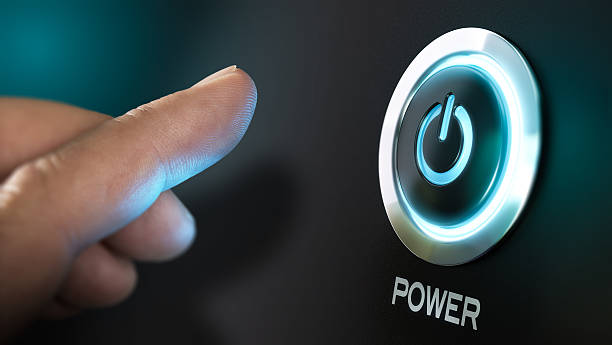Power up your device
What happens when you power up your device?
Alright, let’s break down the start-up process of your computer and the importance of its inner workings, all while keeping it simple and relatable, just like hitting the gym!
(Yes, im using a gym analogy, because thats how I learn best, hope you find it helpful 💙)
Powering On: The Start-Up Routine
The first step is to turn on your device. When you power on your computer, it’s like starting your workout routine at the gym. Just like how you need to warm up your muscles before lifting weights, your computer goes through a series of steps to get ready for action.
BIOS/UEFI:
Think of the Basic Input/Output System (BIOS) or Unified Extensible Firmware Interface (UEFI) as the warm-up exercises for your computer. It’s the first thing that kicks into gear when you press the power button, checking your hardware components to make sure everything is in working order.
Learn more about the BIOS!Bootloader:
Next up is the bootloader, which is like the coach guiding you through your workout plan. It’s a small piece of software that helps your computer find and load the operating system (OS) stored on your hard drive or solid-state drive (SSD).Operating System:
Once the bootloader has done its job, your computer boots up the operating system, which is like the main workout routine at the gym. It’s the software that manages all your applications, files, and hardware, allowing you to interact with your computer.
Learn more about the Operating System!Kernel:
Now, let’s talk about the kernel – it’s like the heart and soul of your operating system. Just as your heart pumps blood to your muscles during a workout, the kernel manages the flow of data and instructions between your computer’s hardware and software, ensuring everything runs smoothly.
Learn more about the Kernal!
Understanding the Kernel and Drivers
Function of the Kernel:
The kernel is like the personal trainer at the gym, coordinating all the different exercises and movements to achieve your fitness goals. It handles tasks such as managing memory, scheduling tasks, handling input and output operations, and providing a secure environment for your applications to run.- Types of Kernels:
There are a few different types of kernels, each with its own approach to managing system resources. Think of them as different workout routines tailored to different fitness levels:- Monolithic Kernel: This type of kernel puts all the core operating system functions and device drivers into a single, monolithic piece of software. It’s like doing a full-body workout – efficient, but can be a bit bulky.
- Microkernel: On the other hand, a microkernel only includes the essential functions of the kernel, like memory management and process scheduling. It’s like focusing on specific muscle groups during your workout – leaner and more modular.
- Hybrid Kernel: As the name suggests, a hybrid kernel combines elements of both monolithic and microkernel designs. It’s like mixing cardio with strength training – versatile and adaptable to different fitness goals.
- Importance of Drivers:
Drivers are like the equipment you use at the gym – they help your operating system communicate with your hardware components, such as your graphics card, network adapter, and printer. Without drivers, your computer wouldn’t be able to use these devices effectively. It’s like trying to lift weights without proper form – you might get the job done, but it won’t be as efficient or effective.
Learn more about the Drivers!
So, just like how understanding your workout routine helps you achieve your fitness goals, understanding the start-up process and inner workings of your computer can help you make the most of your digital experience. Whether you’re hitting the gym or firing up your computer, a little knowledge can go a long way!
